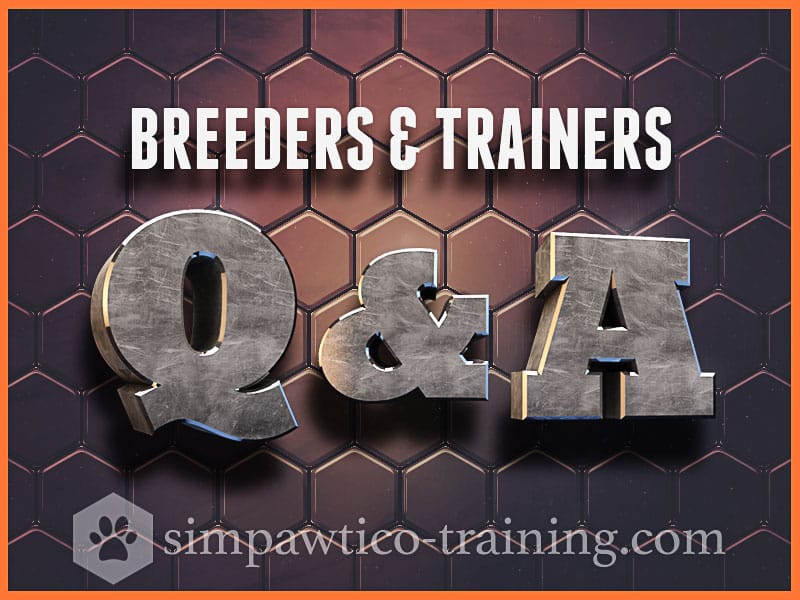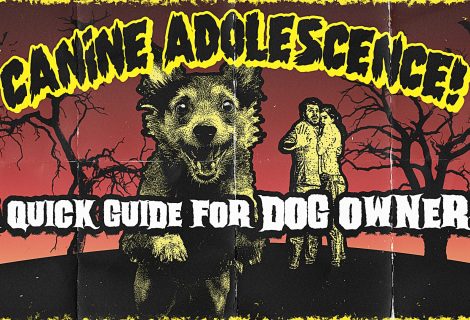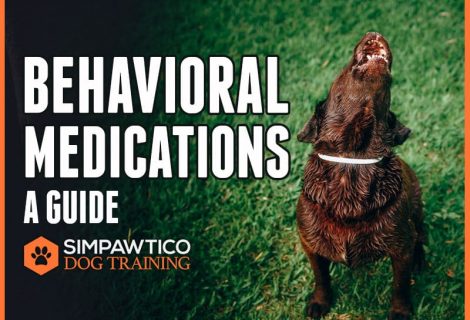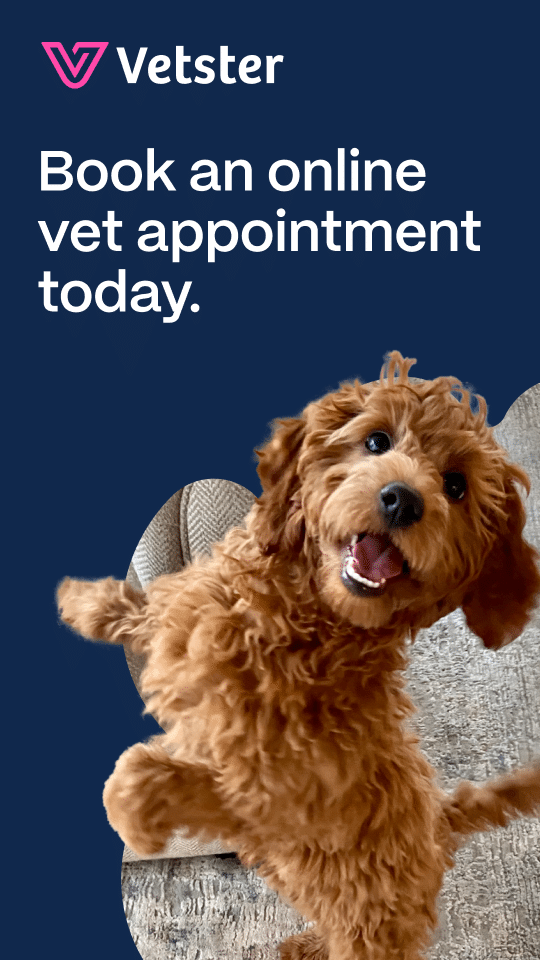Breeders and Trainers Q&A – Interview with BreedingBusiness.com
Recently, I was contacted by BreedingBusiness.com about the relationship between breeders and trainers. They sent over some questions for a short interview
Q: What opinion do trainers have about dog breeders?
Our opinion of breeders—as it is with all of our colleagues in the Pet Professions (including ourselves)—is that there are shining examples, and terrible examples, and most fall somewhere in between.
Fortunately, all of us have had wonderful interactions with knowledgeable, conscientious professionals.
However, we typically also see a lot of “backyard breeders” that clearly run their operations like a fast-paced business. These breeders send their pups away to inexperienced owners at six or seven weeks. This is madness! For example, in New York state it’s actually illegal for a certified breeder to sell a puppy before 8 weeks. Yet, I get calls all of the time—ALL OF THE TIME—from people who got puppies at 7, 6, or even 5 weeks of age. So where are they coming from? From “breeders” who treat the puppies like inventory: get ’em in, get ’em out.
The best breeders keep their puppies past 8 weeks and do a ton of socialization with other puppies, friendly older dogs, and people.
I’m working with a gentleman right now who got a Bernese Mountain Dog puppy from a breeder that wouldn’t release the puppy until 12 weeks old. The breeder had the dog around other puppies, older dogs, and people the entire time. She even did group activities with the puppies. After he took the puppy, the owner then followed the breeder’s advice to take the puppy with him to work every day. That puppy has met probably 100 people in the last month. That puppy is amazingly calm and well-behaved, has fantastic bite-inhibition, and has a fearless, can-do attitude. This is due completely to the hyper-socialization with dogs and people that dog received in the first 6 months of life.
I’m very pleased to see such an involved breeder AND a conscientious owner.
One of the biggest problems is that, like trainers, there’s little to no regulation on the business. It takes zero skill or knowledge to get dogs to have sex and reproduce, so anybody can technically get into the business. It’s the same with trainers; anyone can print business cards and start advertising services as a trainer. So, you get this wide range of people from completely ignorant and dangerous to highly knowledgeable and effective. It makes selection problematic.
As a professional trainer, a good deal of the business I do is to help fix problems that are a direct result of the dog not being socialized properly in those first few weeks, and that’s the fault of both the breeder and the owner, and it’s a case of either ignorance or apathy on both sides.
Q: How much socialization should dog breeders do during those first weeks?
In short, breeders should do as much as possible in those first weeks. They are the most critical time for a puppy and the strongest indicators of the dog’s future quality of life.
Puppies should be raised indoors around human companionship. Puppies that are intended as pet dogs should not be raised in an outdoor run or kennel. Dogs will be sharing homes with humans, so they should be raised IN a home. To this end, puppies need to be prepared for the cacophony of everyday household life. This includes things like the noise of the vacuum cleaner, loud movies and football games on the television, pots, and pans, large delivery trucks outside, horns honking, construction work, children crying, and people talking loudly. This is easily done while a puppy’s eyes and ears are still developing—they can quickly become accustomed to sights and sounds that might otherwise frighten them when they’re older because of their blurred vision and muffled hearing.
Basement and kennel-raised puppies are not going to be “pet-quality” dogs. They are “inventory” and will be neither socialized nor even house-trained. They most likely will not make good companions without serious work and most pet parents are woefully ill-equipped to handle that.
House training should be squared away before the puppy even comes home. The spatial, olfactory, and substrate preferences develop right away and this can easily be a done deal by then. Most breeders won’t even touch this.
Socialization with people should be done by 12 weeks old. That puppy should’ve met and been handled by 100 different people by then. This includes all body types and ages, especially men, children, and strangers. Breeders can make tremendous headway with this.
Acquired bite inhibition must be started by 18 weeks. Breeders can make a huge dent with this, too, through constructive dog-to-dog interaction in free playgroups and with friendly, socialized adult dogs. Admittedly, though, it is the owner’s responsibility to make sure the mouth training continues or it will deteriorate.
I know this sounds like a lot, but it’s actually very, very easy to do. It’s integrated into every day living with minor additions that, for a breeder, I think ought to be simple to implement. The problem is that it’s just not done in many cases.
Q: How to deal with a very dominant (or weak) puppy in a litter, should breeders intervene?
Yes, absolutely breeders should intervene. It’s ridiculously easy to solve at that age. The best way to solve this is in those off-leash, free-play sessions, which should make up the bulk of a puppy’s life at that stage.
For bullies, time-outs in some other place are a terrible solution because then the training stops. This must be done “in situ;” it’s “on-the-job” training.
Essentially, whoever is managing the playgroup should step in and provide constant, consistent feedback. We follow that pup like a traffic cop and gently make course corrections. It’s a running commentary. If he’s doing good, we tell him; if he’s being rough, we say so and it’s a 3-4 second time out in place until he looks up at the handler.
You can also put the bully in play sessions with older puppies, or even with friendly older dogs. Then he’s suddenly “the little fish” in the pond and the other dogs will growl and bark and communicate that his social skills are poor. Mother Nature designed it this way. We don’t want him to be hurt or intimidated, of course, but we want him psychologically molded. This makes the work back in his regular play group more agreeable.
Fearful dogs need to be off-leash, too. This is tough because integrating training with play won’t happen because the puppy’s not playing. They’ll need to just wander around all the time during the session. That’s much more important. We’ve got to build up their confidence now because time is short for those developmental deadlines and it only gets harder to fix as time goes on.
It’s also very useful to hand-feed the shy dog somewhere outdoors every day. Let the little pup watch the world while being hand fed. This is Classically Conditioning him.
For a super shy pup, that might be too much. You could start in a quiet room somewhere. Later, do it with the front door open, and then outside on the porch. Then in the yard somewhere. It might need to be done bit by bit. And then you go off the property and the puppy’s first big meal is taken there. Again, Classically Conditioning that puppy and changing what we call their Conditioned Emotional Response (CER). This is ridiculously easy to do with a puppy.
If this doesn’t address it, then the pup moves to playgroups with younger dogs, so now they’re the “bigger fish,” so to speak. It’s an emergency, no doubt. It could affect the rest of his life. I would think a conscientious breeder would want that puppy to have a full, rich life in a single home, and not be bounced around because of behavior problems stemming from this.
On a side note: “Dominant” is an outdated term in behavior circles, and we usually call them “assertive.” In any case, it’s dealt with the same way.
Q: Many owners and breeders don’t know what dog trainers have to offer; what’s the most common formula trainers tend to sell?
Most trainers tend to sell group classes for basic obedience. Most will offer several “grades” that owners and their dogs can progress through.
This is limited. Many dog owners believe going to a group class is good for “socialization” but in most cases, these classes are conducted on leash and the so-called socialization is really just training them to be reactive. It’s ineffective in most cases, even if they learn how to sit and come.
The best classes for puppies are structured, off-leash classes where the play is monitored and punctuated by brief training sessions of a few minutes at a time. Play is both a learning time dog-to-dog and a reward for short training interludes. By contrast, an on-leash puppy class is a total waste of opportunity and does not address the critical pieces during this phase in the puppy’s life. Look for a trainer that understands this and offers off-leash classes.
If none are available, then look for a knowledgeable trainer that will help you implement “puppy parties” and show you how to do that work yourself. Look for a trainer who understands how Acquired Bite Inhibition (ABI) works that can help the owner (or even the breeder) make sense of how we get these things dialed in before it’s too late. Once some of the developmental deadlines have passed, it’s too late to train or fix some problems, and the rest become exponentially more difficult.
Q: Should breeders be willing to show their dogs work with a trainer? How could you help?
I’m sure that would be a great thing. If a breeder wanted to show play sessions being managed effectively, I’d be happy to participate and give insight. Any good trainer would be happy to do that, I would think. If our goal as pet professionals is to provide the best quality of life for the dogs, then getting puppies off on the right paw seems like one of the best ways to do that.
Q: What are your thoughts: ignore or punish bad behavior?
That’s not a question that can have a blanket answer. It depends on the situation, the behaviors involved, and the dog.
No behavior should ever be punished until the correct behavior has been taught first. The dog must have an opportunity to learn expectations, procedures, routines, and potential consequences in a safe, protected environment. In that time, ignoring unwanted behaviors is certainly an appropriate strategy in most cases, provided that structured, positive reinforcement is being used to teach desired behavior, and there is representative feedback for the pup the entire time.
Punishment can be an appropriate response when it’s done in the right measure and done sensitively, but this must come AFTER the learning phase. Understanding how punishment and stress work and knowing what proper protocols are, and most importantly knowing how to test “bounce back” are crucial skills too. This is why it’s important to get a trainer involved, or at least for breeders (and owners) to learn these things from a trainer. It’s very easy to overdo it and create fallout. You can get the whole gamut of learned helplessness, superstitious behaviors, generalized inhibition, and increased aggression. So, one has to be sensitive and come at problems with a deft hand.
Thanks for the opportunity to share info, Breeding Business!
Do you have more questions? Let’s connect in the comments below, and discuss.









Trackbacks for this post